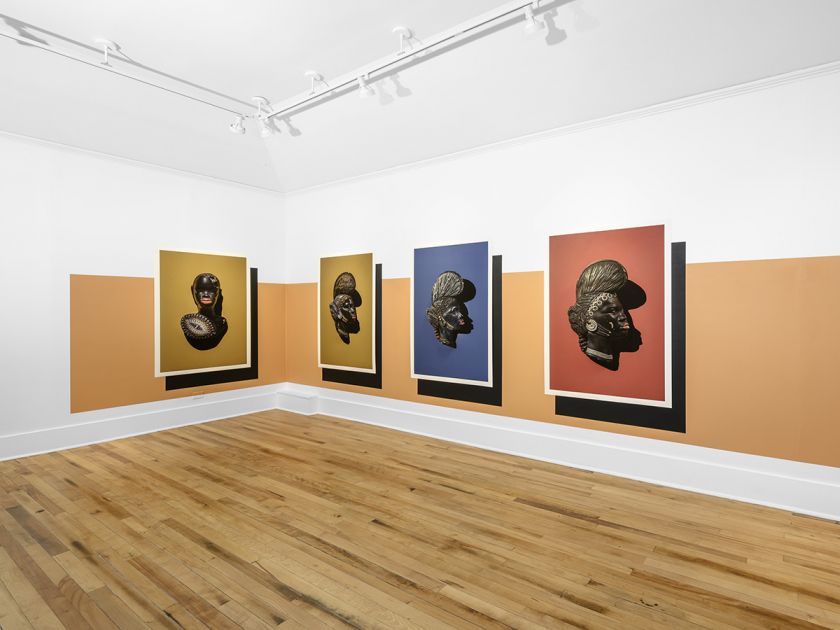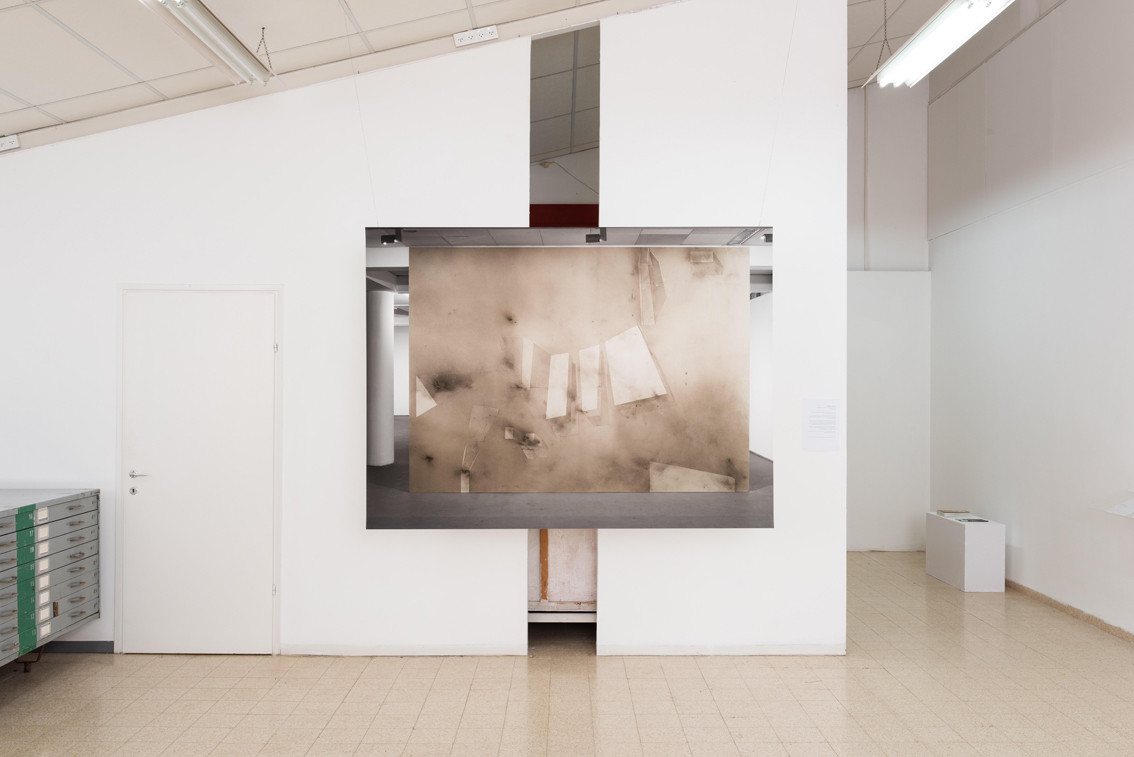Department of Photography
המחלקה לצילום
قسم التصوير الفوتوغرافي
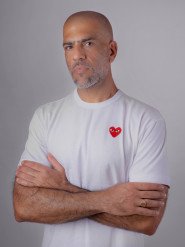
David Adika is a photographer, artist, and Head of the Photography Department at Bezalel Academy of Arts and Design Jerusalem. A senior lecturer in the Department of Photography since 1999, he holds bachelor’s (BFA) and master’s (MFA) degrees from Bezalel.
David Adika’s work focuses on the visual and cultural facets of the local Middle Eastern space as a microcosm that reflects his social and family identity. His photographic corpus contains representations of various still life and portraits, blurring the boundaries between abstract conceptual language and lavish visual accuracy. Adika’s visual research explores intimate yet universal biographies, while the photographs unfold familiar and unfamiliar aspects of everyday life and highlight questions of taste and social status.
Adika has had many solo exhibitions in Israeli and international venues, among them Tel Aviv Museum of Art, the Art Museum in Riga, Latvia, Bologna MUSEI, Casa Morandi, Italy, Herzliya Museum of Contemporary Art, and Braverman Gallery in Tel Aviv. He has won many awards, including the Minister and the Emerging Artist Prizes from the Ministry of Culture and Sports, and the Jack Nailor Award for Photography. His photographs are included in many collections, such as the Israel Museum in Jerusalem, Tel Aviv Museum of Art, Haifa Museum of Art, Petach Tikva Museum of Art, Casa Morandi in Italy, the Knesset and private collections in Israel and abroad.
He lives in Jaffa and works in Jerusalem
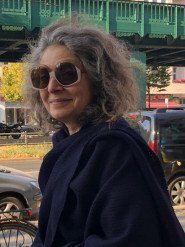
Irit Hemmo, born 1961, is a Tel Aviv based artist and Senior Lecturer in the Fine Arts Department at Bezalel. Hemmo’s work varies between different mediums and techniques. In the past four years she has worked on an ongoing project - a body of paintings made with dust. For this project, she built a room where she creates dust storms via manipulated vacuum cleaners, resulting in layers of dust (and time) upon carefully placed stencils. In her latest solo show, Hemmo exhibited the dust-room as an automated, time based installation, as well as a projected video. Upon the room's floor, Hemmo created scale sized monuments and objects, which resembled the modern city's architecture. The manipulated vacuum cleaners created dust storms periodically, covering and revealing throughout the show, as the dust piled up over the floor's landscape to create an illusion of a catastrophe, a post-apocalyptic environment where once there was life. Irit has exhibited in numerous solo and group exhibitions around the globe including: The Istanbul Biennale; New York; London; Munich; Koln; Hamburg; Vienna; Valencia; Basel, among many other venues. Her works are part of the collections of both Israel Museum, Jerusalem and Tel Aviv Museum of Art, as well as various institutional and private collections.
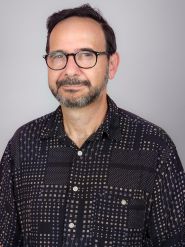
Dr. Gal Hertz is the head of the Visual and Material Culture Department at Bezalel. He is a Germanist and a cultural researcher. His research creates a connection between the history and philosophy of science and cultural studies. He examines the rise of social disciplines around 1900 in the German-speaking world, such as criminology, sociology, sexology, law and psychiatry; This is from an affinity to popular culture, development of the press and media, theater, literature, and art. According to Hertz, the connecting point between seemingly unrelated fields is the establishment of a social order based on a new imagined normative base. Hertz holds a master's degree and a doctorate from the Cohn Institute at Tel Aviv University, pursued post-doctoral studies at the Leibniz Center for Literary and Cultural Research (ZfL Berlin), and taught at both Humboldt University and the Free University of Berlin. After that he was co-director of the research project "Humanities in Conflict Zones" at the Minerva Humanities center, and served as a research and teaching fellow at the Cohn Institute and the School of Cultural Studies at Tel Aviv University. In parallel to his work at the university, he is the editor of "MiNituk LeShiluv" (“From Disconnection to Integration”), an academic journal of the Ministry of Education Department for the Education of Children and At-Risk Youth, in which he is also involved in the processes of training teaching staff and in the development and implementation of the department's approach: therapeutic pedagogy.
